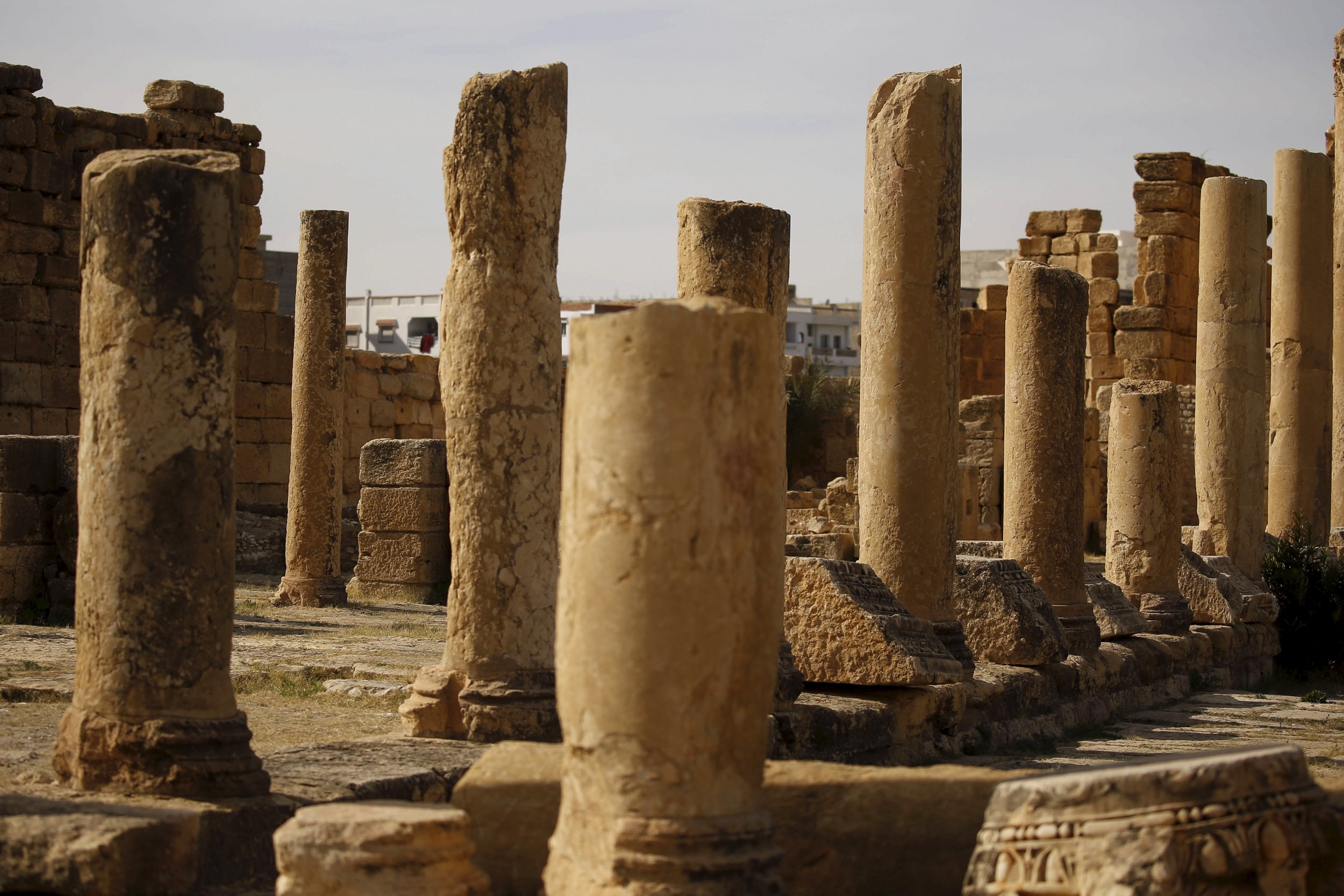
Archaeologists have found a massive complex of underwater ruins off the northeastern coast of Tunisia, proving that an ancient Roman city that once stood there was devastated by a tsunami 1,600 years ago and was partially lost beneath the waves.
The discovery has revealed the Roman city of Neapolis, with its networks of submerged streets and monuments, was a crucial trading hub in ancient north Africa.
Related: Archaeologists find ancient treasure in beautifully preserved Roman ruins in Libya
The fourth century tsunami that partly destroyed Neapolis was well recorded at the time. It struck in Alexandria, one of the great seats of learning in the ancient world as well as the Greek Island of Crete.
"It's a major discovery," Mounir Fantar, the head of a Tunisian-Italian archaeological mission which made the find, told AFP.
The further recovery of Roman food products, including roughly 100 tanks of fermented fish that was used as a condiment known as garum in the Roman empire, has told the archaeological team more about Neapolis's history.
"This discovery has allowed us to establish with certainty that Neapolis was a major center for the manufacture of garum and salt fish, probably the largest centre in the Roman world," said Fantar.
"Probably the notables of Neapolis owed their fortune to garum," he added.
The Tunisian and Italian team began the search for the remains of Neapolis in 2010. They only found the 50 acres of ancient ruins this summer because of favorable weather conditions.
Neapolis, which means 'new city' in Greek, was founded in the fifth century B.C. by ancient Greek colonists. It is now known in Tunisia by the name Nabuel, which was built on the site of the old city. A popular tourist destination, it is a modern-day center for Tunisian pottery.
The city has changed hands several times over the ages, transferring to Carthaginian, Roman and then Arab rule.
Because of it's unique history, created by the ebb and flow of colonization and conquest on the shores of the Mediterranean, the Tunisian landscape is home to some of the most impressive examples of Greek, Phoenician, Roman, Byzantine, Arab and European heritage sites. They include the Carthaginian capital of Carthage. The ruins, characterized by their tall Phoenician pillars, are spread across a modern Tunisian city that shares the same name. It became a UNESCO world heritage site in 1979.
Uncommon Knowledge
Newsweek is committed to challenging conventional wisdom and finding connections in the search for common ground.
Newsweek is committed to challenging conventional wisdom and finding connections in the search for common ground.
About the writer
Callum Paton is a staff writer at Newsweek specializing in North Africa and the Middle East. He has worked freelance ... Read more
To read how Newsweek uses AI as a newsroom tool, Click here.








